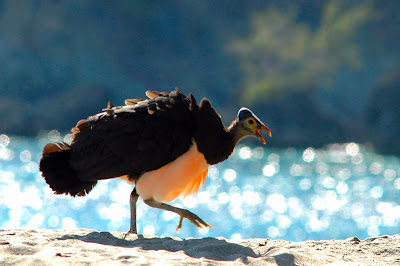
 Beneath the red hot sand of an Indonesian island's beach something stirs. A large egg is hatching and soon the newborn creature will dig its way out to the surface and take its first gulps of fresh air. This sounds as if it should be a young turtle, thrusting its flippers sideways as it makes its desperate lurch towards the ocean. It is not, however. This is a bird. More remarkable still is that when it emerges the chick will already be able to fly.
Beneath the red hot sand of an Indonesian island's beach something stirs. A large egg is hatching and soon the newborn creature will dig its way out to the surface and take its first gulps of fresh air. This sounds as if it should be a young turtle, thrusting its flippers sideways as it makes its desperate lurch towards the ocean. It is not, however. This is a bird. More remarkable still is that when it emerges the chick will already be able to fly.The Maleo is a surprising bird, to say the very least. Although it only numbers around ten thousand in the wild – and a small but unknown number in captivity – it is remarkable amongst our feathered friends for the unique way it cares for its young. Instead of incubating their eggs, the Maleos lay theirs in the baking sand of Sulawesi island – shaped like a K and the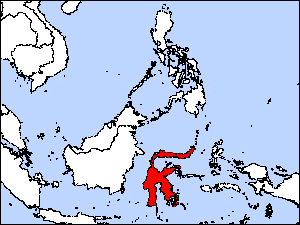 only place in the world in which they can be found. It sounds like an April Fool trick, but be assured, this bird is very much alive and kicking. Whether it will be around in another fifty years, however, is altogether a different question. The species has declined by ninety percent over the last thirty years and more than half of its nesting sites have been abandoned.
only place in the world in which they can be found. It sounds like an April Fool trick, but be assured, this bird is very much alive and kicking. Whether it will be around in another fifty years, however, is altogether a different question. The species has declined by ninety percent over the last thirty years and more than half of its nesting sites have been abandoned.
All is not lost for the species, however, and efforts are being made to ensure its survival through 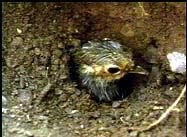 this century and beyond. The Wildlife Conservation Society, an action based US charity is teaming up with local people to save the Maleo. The first step in this program was to ensure that a thirty six acre stretch of beach in the north of the island is protected. It holds at least forty nesting sites which could secure the survival of the Maleo. The best way to protect the beach – to buy it. The measures taken to help the species survive are even more extreme.
this century and beyond. The Wildlife Conservation Society, an action based US charity is teaming up with local people to save the Maleo. The first step in this program was to ensure that a thirty six acre stretch of beach in the north of the island is protected. It holds at least forty nesting sites which could secure the survival of the Maleo. The best way to protect the beach – to buy it. The measures taken to help the species survive are even more extreme.
It is hoped that the purchase will help raise awareness of this unusual bird – both abroad and locally. The main danger to the bird comes – as no surprise – from people. Local villagers are prone to dig up the eggs as a supplement to their diet. The result is an ever declining number of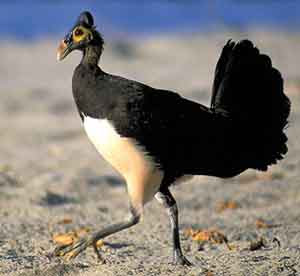 the birds and the land which can now be properly protected, purchased for less than twenty thousand US dollars, is vital to their future.
the birds and the land which can now be properly protected, purchased for less than twenty thousand US dollars, is vital to their future.
The bird itself is a strange looker, but one which is in itself makes one wonder why huge global attention has not already been directed at its plight. However, it is just one of many endangered animals, tucked away on one of Indonesia’s seventeen thousand islands. Easily overlooked, then.
It is easy to see why the eggs of the Maleo are coveted by local people. They are around five times the size of a domestic chicken egg and are just waiting to be dug up. A single egg would 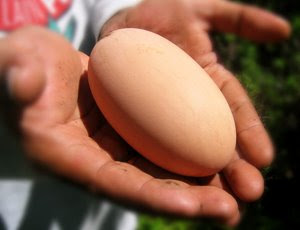 probably make a decent omelet. The female Maleo creates a large and deep hole in the sand (or soil) and lays a single egg in to it. The eggs are incubated either by the sun, volcanic heat coming up through the soil or a combination of the two.
probably make a decent omelet. The female Maleo creates a large and deep hole in the sand (or soil) and lays a single egg in to it. The eggs are incubated either by the sun, volcanic heat coming up through the soil or a combination of the two.
The first thing the birds do when they hatch is make a beeline for the forest – either by walking or by taking to the air. In the latter way they make their way to the protective cover of the trees and avoid predation from local predators which vary on Sulawesi from endemic species such as lizards and snaked to those brought in my man such a cats and pigs.
The Maleo, which is almost the size of a full grown chicken when it emerges from the sand, has a black back. The rest of its body is more colorful, with a pink, almost rosy belly, yellow skin on its face and a fiery orangey red beak. It is little wonder that this bird hasn’t been made in to a Disney animated character, but give it time.
The area bought by the Wildlife Conservation Society now includes a hatchery. Once the Maleos have laid their eggs they are retrieved and transferred to the hatchery by a locally employed game keeper. This ensures that local egg collectors - be they human or animal - will fail in their mission to find a free lunch. The chicks are immediately released to the wild once they hatch.
Able to fend for themselves and of course fly from the word go has protected the bird for as long as it has been around. There is of course inevitable predations (see above). Unfortunately, man comes along and what was once a thriving species, albeit little known, is eventually endangered. With perhaps ten thousand in the wild it can be hoped that the Maleo can be saved but only time will tell.

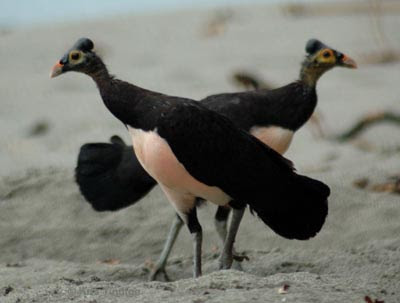
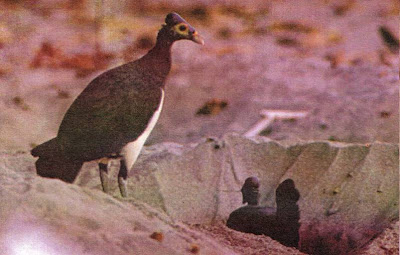
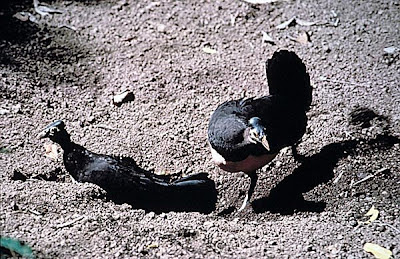










8 comments:
Let´s save the Amazing Maleo bird.
I had never heard of this, very interesting!
Very interesting
really lovely birds !
How can it be nearly the size of a chicken when it emerges from the sand if it fit inside an egg just moments before? Perhaps you need to elaborate a bit more on this not being an April fool's joke
Have you ever held a chicken in your hands, anonymous? They spring from the egg and seem much bigger that that from which they emerged very quickly.
Anne McNew:
It's my first time to have read of this. Great post.
see this http://www.nitish1987.blogspot.com/
http://www.world-happing.blogspot.com/